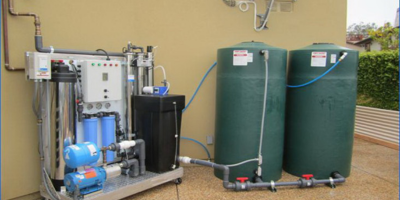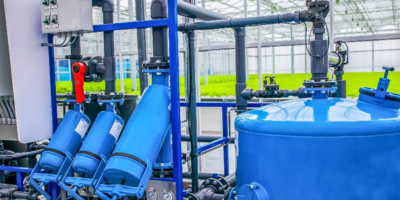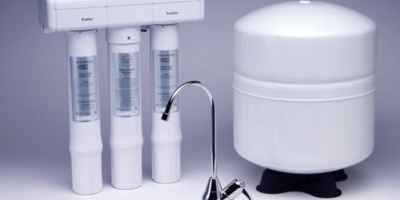There’s something oddly satisfying about turning on the tap and knowing—truly knowing—that the water coming out is clean, safe, and tastes like nothing. Not metallic. Not chlorinated. Not suspiciously “off.” Just… water, the way it should be. Crisp. Clear. Pure.
If you’ve ever poured a glass from the sink and paused mid-sip, wondering what that smell was—or you’ve gone through the hassle of lugging bottled water home week after week—you’re not alone. A lot of homeowners are waking up to a simple truth: our water isn’t always as clean as we think it is. And that’s exactly where whole home reverse osmosis systems are starting to shine.
Let’s Talk About What’s in the Water
Municipal tap water usually meets federal standards, sure. But “safe” doesn’t always mean “ideal.” Tap water can still carry traces of chlorine, pesticides, nitrates, heavy metals, microplastics—sometimes even pharmaceuticals. Gross, right?
If that makes you squirm, you’re not overreacting. You’re just paying attention.
Bottled water isn’t necessarily better either. Aside from the environmental impact, it’s costly, inconvenient, and ironically, not always cleaner than tap. Many brands simply filter municipal water and slap a premium price tag on it.
That’s why more people are turning to long-term, in-home solutions—like a residential RO system—to take control of their water quality from the source.
RO: Not Just a Fancy Filter
Reverse osmosis (RO) is a powerful filtration method that uses pressure to push water through a semipermeable membrane, removing contaminants down to the molecular level. It’s not just carbon filters catching big particles—this is science doing its thing, removing up to 99% of impurities.
Traditionally, RO systems were something you’d tuck under your kitchen sink, used only for drinking and cooking. But with growing concerns about overall water safety—and a desire to protect appliances, skin, clothes, and more—many homeowners are opting to scale things up.
The All-In-One Approach
Enter the full-home solution.
Instead of treating water at just one faucet, a whole-house RO system filters all the water entering your home. That means cleaner water in every bathroom, shower, washing machine, and even the garden hose (if you want it). No more buying separate filters for each room. No more worrying whether your dishwasher is circulating chemical-laced water over your plates.
You’re treating every drop before it ever touches a pipe.
And here’s the kicker: if you’ve already got sensitive skin, respiratory issues, or a house full of kids and pets, this kind of water purification isn’t just about comfort—it’s about peace of mind.
Is It Overkill?
You might be wondering if this is just another case of home improvement gone overboard. Is filtering your entire house really necessary?
Honestly, it depends. If your water source is well water, or if you live in an area with aging infrastructure or questionable municipal quality, it could be more of a necessity than a luxury.
But even in cities with “decent” water, many people are tired of calcified showerheads, chalky film on their dishes, and mystery flavors in their ice cubes. Softened, RO-filtered water doesn’t just taste better—it’s gentler on everything it touches.
So is it overkill? Probably not. Especially if you think of it as a long-term investment in your health and home.
What It’s Like Living with One
I’ll admit—I was skeptical at first. Installing a system felt like a big step. But after a few weeks? I forgot all about it. That’s the beauty of it. It’s just… there. Working. Quietly doing its job.
Laundry comes out cleaner. Coffee tastes smoother. Showers feel noticeably better—less drying, more refreshing. And I stopped buying those bulky water jugs entirely.
Maintenance is pretty minimal, too. Filter changes once or twice a year depending on water quality, a professional inspection here and there—nothing too intense. It’s just set-it-and-forget-it reliability.
Final Thoughts
Clean water should be a given. But the reality is, even in modern homes with shiny fixtures and smart appliances, our water systems can lag behind. Contaminants are invisible, but their effects are everywhere—from worn-out appliances to skin irritation to funky flavors that make you reach for soda instead.
Upgrading to a whole home reverse osmosis system isn’t just about filtering your drinking water—it’s about improving every moment that water touches your life.Because when something as simple as a glass of water feels right, everything else follows.




